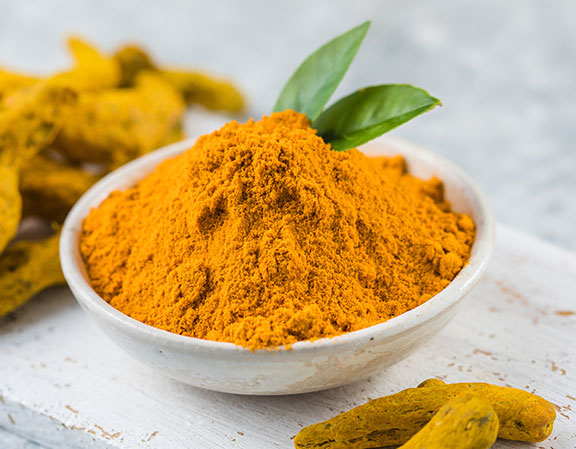
As a spice, it has been a staple product of almost every cuisine prepared in India. For centuries, turmeric has been a part of Ayurveda, traditional Chinese, and Unani medicinal practices. Turmeric has a long history of medicinal usage and its usage as a healing medicine could be found in Ayurveda.
The use of turmeric could be seen in Ayurvedic beauty routines. For centuries, it has been used as a facial mask in India. In ancient times, it was used as a perfume. The reason being the rhizome carried a pepper-like aroma. Regular usage of turmeric helps in softening, smoothening, and lightening the skin.
However, in Vedic culture, the use of turmeric was not limited to culinary items only, but it also had some religious significance. It has been a part of many rituals and ceremonies, associated with fertility, prosperity, and also for the well-being of human beings. During religious ceremonies, the application of turmeric symbolizes purity.
In both Hinduism and Buddhism, turmeric is associated with the sun, luck, and fertility. Similarly, in both Hinduism and Buddhism, idols and statues are smeared with turmeric paste during religious ceremonies, to spread sensuality and chastity.
The Curcumin extracted from turmeric was used as a dye for coloring fabrics, especially for coloring the robes of Hindu and Buddhist monks and priests. The use of turmeric as a food and a dye was even seen among the people of the Pacific Islands.
